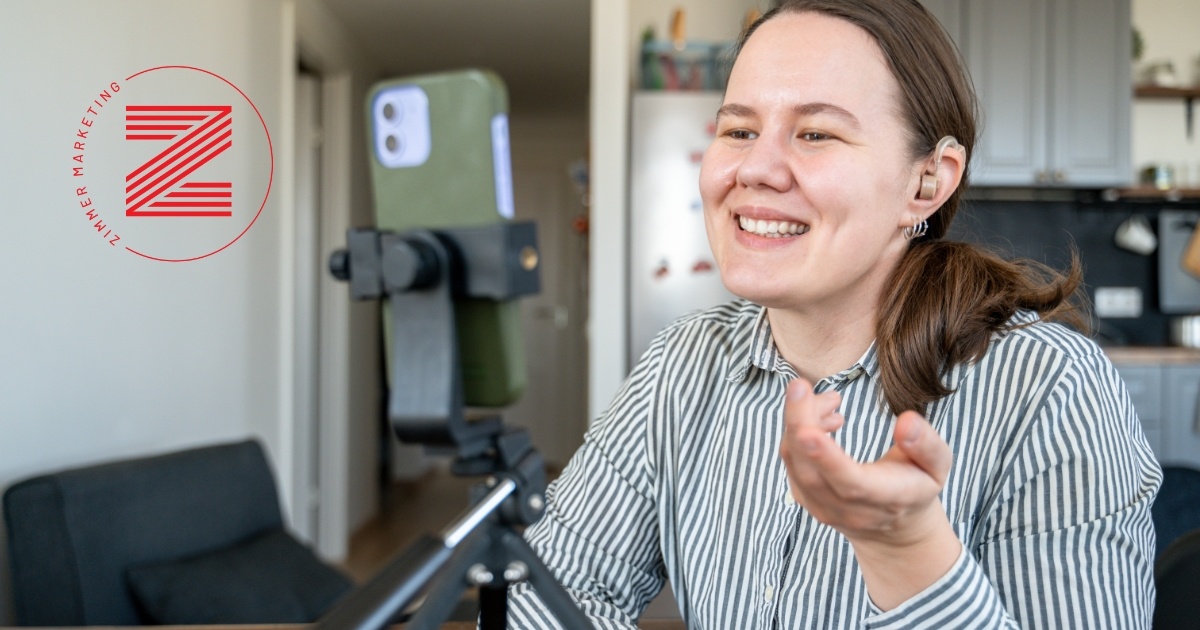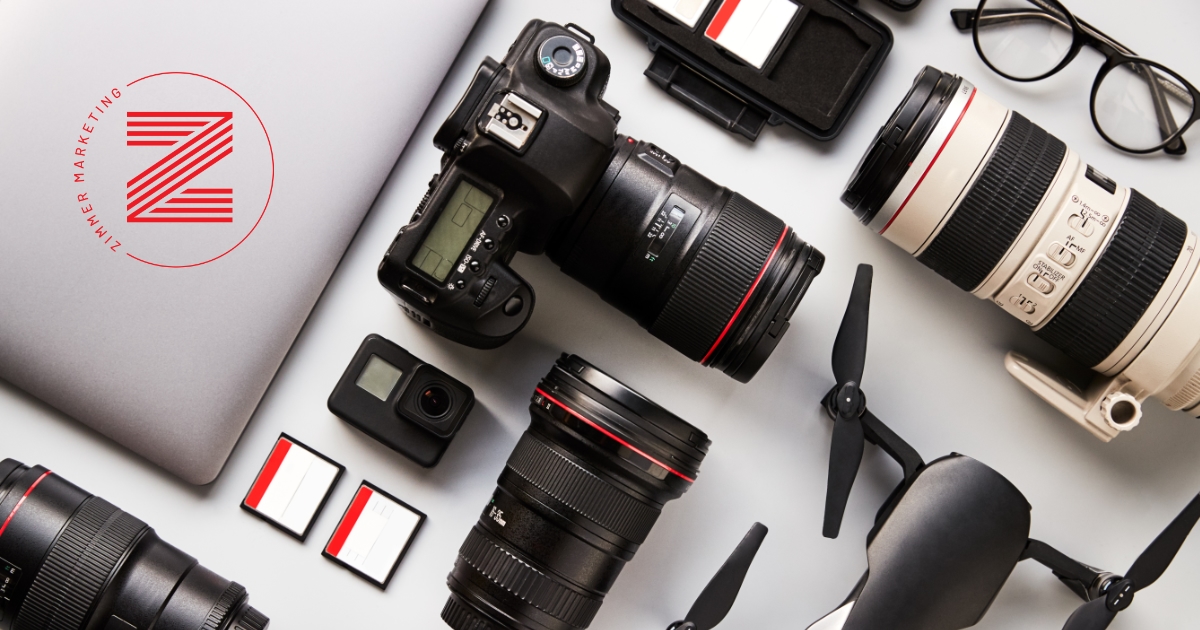Topics: Website Design, Branding
4 Reasons Why You Should Optimize Your Video for SEO
Topics: Website Design, Video Production
Is Your Website Fast Enough? | Zimmer Marketing Web Tips
Topics: Website Design
Collect Secure Leads with Zimmer Marketing Spam Prevention
Fast and Efficient Lead Capture
Proprietary Spam Prevention Technology
Benefits for Your Business
Why Choose Zimmer Marketing?
Get in Touch with a Marketing Consultant
Topics: Website Design, Online Sales
Topics: Website Design
Stock, Professional, or DIY? | Best Use Cases for Photography
Topics: Website Design, Social Media, Digital Marketing
Why Is My Website Slow? | 5 Reasons for Poor Performance
Topics: Website Design, Online Sales
Understanding the Search Results Page: How to Rank Up
Sponsored Results and Ads
Featured Snippets
Maps Results
Organic Search Results
How to Rank Up in Search Results
Boost Your Online Presence with Zimmer Marketing
Topics: Website Design, Digital Marketing
The Relationship Between Web Design and Content Marketing
Topics: Website Design, Digital Marketing
1. Layout
A great example featuring a perfect layout is this design we did for Superior Roofing !
2. Colors
We recently completed a new website for Windows for Less , which exemplifies ideal color balance.
3. Navigation
Notice how we collapsed the multiple services pages on The Chimney Sweep LLC 's website into a drop-down menu underneath the button for the main services page.
4. Content Quality
Our website for MW Fence offers a great example of informative copy in brief sections, along with a perfectly optimized auto-play video on the homepage.
5. Search Engine Optimization
Check out All Dogs Dream to see a good example of SEO supported by a successful blogging strategy.
Evaluating Your Web Design
Need A New Web Design?
Get in Touch with a Marketing Consultant
Topics: Website Design










